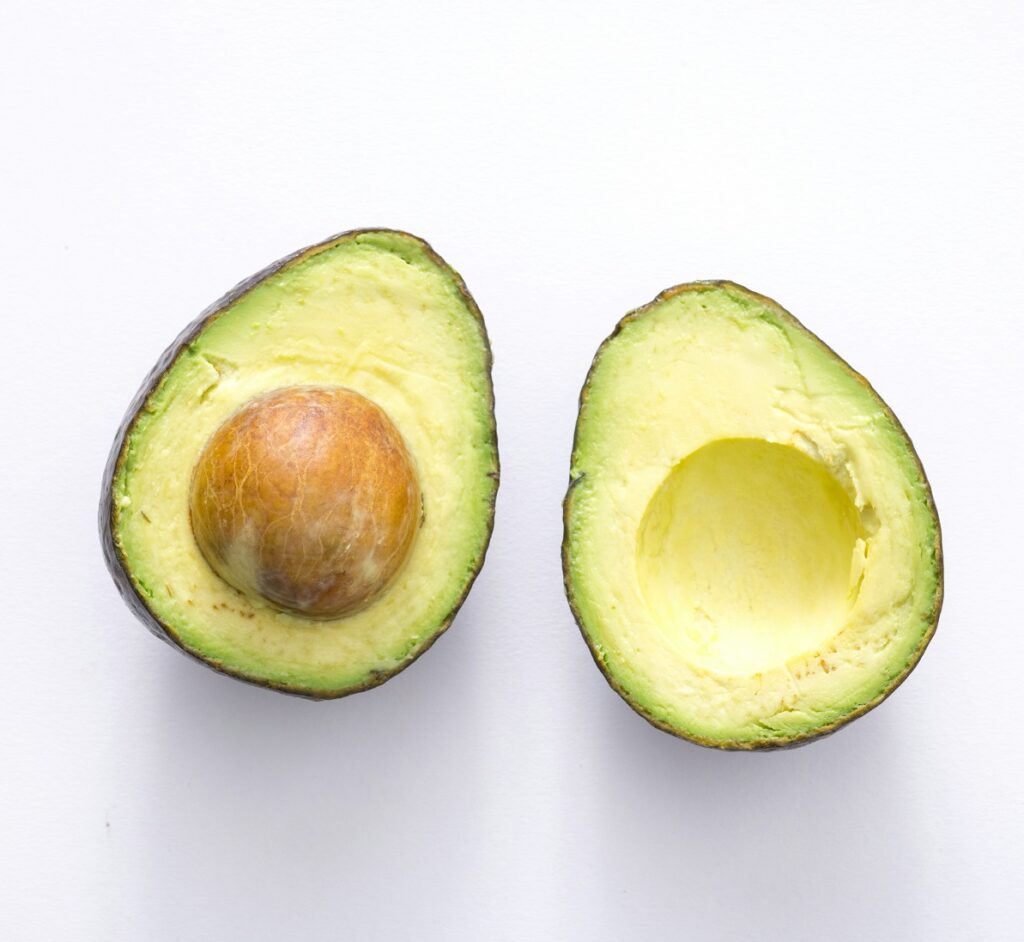Heart disease is one of the leading causes of death worldwide, but the good news is that many forms of cardiovascular disease can be prevented with a balanced, heart-healthy diet. A diet rich in nutrients, low in unhealthy fats and sodium, and full of heart-protective foods can significantly reduce your risk of heart disease. Eating a heart-healthy diet not only helps reduce your risk of heart attacks, strokes, and high blood pressure but also supports overall health. Mohit Tandon from USA suggested Heart-healthy diet and 10 Tips for Heart Disease :
Step 1: Focus on Healthy Fats
When it comes to heart health, the types of fats you consume are crucial. Not all fats are created equal. Some fats can protect your heart, while others can raise cholesterol levels and increase your risk of heart disease.
- Good Fats: Monounsaturated and polyunsaturated fats are heart-friendly and can help lower LDL (bad) cholesterol. Sources include olive oil, avocados, fatty fish (like salmon and mackerel), and nuts.
- Avoid Trans Fats: Trans fats, often found in processed and fried foods, are harmful to heart health and should be avoided entirely.
- Limit Saturated Fats: While some saturated fats (such as those from coconut oil) can have benefits in moderation, it’s important to limit saturated fats from sources like fatty meats, full-fat dairy products, and processed foods.
Why It Matters:
Reducing intake of unhealthy fats can lower cholesterol levels and prevent artery blockages, both of which reduce the risk of heart disease.
Step 2: Increase Your Fiber Intake
Fiber plays a critical role in heart health, particularly by helping to lower cholesterol levels and regulate blood sugar.
- Soluble Fiber: Foods rich in soluble fiber, such as oats, beans, lentils, fruits, and vegetables, help lower LDL cholesterol.
- Whole Grains: Choose whole grains over refined grains (like white bread and pasta). Whole grains, such as brown rice, quinoa, and whole wheat, are rich in fiber and other heart-healthy nutrients.
- Fruits and Vegetables: Aim for a variety of colorful fruits and vegetables, which provide both fiber and antioxidants.
Why It Matters:
Fiber reduces cholesterol, improves digestion, and helps maintain stable blood sugar levels, all of which contribute to better heart health.

Step 3: Embrace the Power of Antioxidants
Antioxidants play a vital role in protecting your heart by reducing inflammation and preventing oxidative stress, which can damage cells and lead to heart disease.
- Fruits and Vegetables: Berries, citrus fruits, leafy greens, and cruciferous vegetables like broccoli and cauliflower are rich in antioxidants.
- Nuts and Seeds: Almonds, walnuts, and flaxseeds are high in antioxidants, as well as omega-3 fatty acids, which also protect the heart.
- Dark Chocolate: In moderation, dark chocolate (with at least 70% cocoa) contains flavonoids, which are antioxidants beneficial for heart health.
Why It Matters:
Antioxidants reduce oxidative stress and inflammation, both of which are linked to heart disease.
Step 4: Reduce Salt (Sodium) Intake
Excess sodium can cause your body to retain water, increasing blood pressure and straining the heart. Reducing your sodium intake is a critical step in heart disease prevention.
- Limit Processed Foods: Many processed foods, including canned soups, fast food, and packaged snacks, contain high levels of sodium.
- Cook at Home: Especially, Prepare your meals using fresh ingredients and limit the amount of salt in your cooking. Instead, use herbs, spices, and other flavorings.
- Read Labels: Check nutrition labels for sodium content, and aim to keep your daily intake below 2,300 mg (or 1,500 mg if you have high blood pressure).
Why It Matters:
Lowering sodium intake helps regulate blood pressure and reduces the risk of heart disease, stroke, and kidney problems. – Mohit Tandon USA
Step 5: Incorporate More Plant-Based Meals
A plant-based diet is rich in heart-healthy nutrients, fiber, and antioxidants. Incorporating more plant-based meals into your diet can significantly reduce the risk of heart disease.
- Vegetarian and Vegan Options: Consider adopting plant-based meals like lentil soup, bean salads, and vegetable stir-fries.
- Plant Proteins: Beans, lentils, and soy products like tofu and tempeh are excellent sources of protein without the unhealthy fats found in red meat.
- Nuts and Seeds: Include a variety of nuts and seeds in your diet, as they provide protein, fiber, and healthy fats.
Why It Matters:
A plant-based diet lowers the risk of heart disease by reducing unhealthy fats and providing essential nutrients that protect the heart.

Step 6: Add Omega-3 Fatty Acids to Your Diet
Omega-3 fatty acids are a type of polyunsaturated fat that can help lower triglyceride levels, reduce inflammation, and improve overall heart health.
- Fatty Fish: Salmon, mackerel, sardines, and trout are excellent sources of omega-3 fatty acids.
- Plant-Based Sources: Flaxseeds, chia seeds, and walnuts also provide plant-based omega-3s.
- Supplements: If you don’t eat fish, consider taking a high-quality fish oil or algae supplement to ensure you get enough omega-3s.
Why It Matters:
Omega-3 fatty acids reduce the risk of heart disease by lowering triglycerides, decreasing inflammation, and promoting healthy blood clotting.
Step 7: Keep Portion Sizes in Check
Portion control is crucial for maintaining a healthy weight and preventing heart disease. Eating large portions of even healthy foods can contribute to weight gain and heart disease.
- Mindful Eating: Pay attention to hunger and fullness cues. Avoid eating out of boredom or stress.
- Use Smaller Plates: Research shows that using smaller plates can help reduce portion sizes and prevent overeating.
- Control Snacks: Avoid eating straight from packages. Instead, portion out healthy snacks into smaller bowls or bags.
Why It Matters:
Maintaining a healthy weight through portion control helps reduce your risk of heart disease, high blood pressure, and diabetes.
Step 8: Choose Lean Proteins
Lean proteins are an essential part of a heart-healthy diet. They provide necessary nutrients without adding unhealthy fats and excess calories.
- Lean Meats: Skinless poultry, lean cuts of pork, and beef are good sources of protein. Choose grass-fed and organic options when possible.
- Seafood: Fish is an excellent source of lean protein, as well as heart-healthy omega-3 fatty acids.
- Plant-Based Proteins: Tofu, tempeh, lentils, and beans are great sources of plant-based protein that are low in saturated fat. – Mohit Tandon USA
Why It Matters:
Choosing lean protein helps reduce saturated fat intake, which lowers cholesterol and decreases the risk of heart disease.
Step 9: Limit Added Sugars
Added sugars contribute to weight gain, inflammation, and elevated triglyceride levels, all of which increase the risk of heart disease.
- Cut Back on Sugary Beverages: Soda, sweetened teas, and energy drinks are major sources of added sugars.
- Limit Desserts and Sweets: Opt for healthier dessert options like fresh fruit, yogurt with berries, or small servings of dark chocolate.
- Read Labels: Look for added sugars on food labels, which can appear under many different names (like high-fructose corn syrup, cane sugar, etc.).
Why It Matters:
Reducing added sugars helps control weight, lowers triglycerides, and improves blood sugar control, all of which reduce the risk of heart disease.
Step 10: Stay Hydrated with Heart-Healthy Drinks
What you drink plays an important role in maintaining heart health. Staying hydrated helps support overall bodily functions, including those that regulate blood pressure and cardiovascular health.
- Water: Water is the healthiest option for hydration. Aim to drink at least 8 cups a day, or more if you’re physically active.
- Green Tea: Rich in antioxidants, green tea has been shown to lower LDL cholesterol and reduce the risk of heart disease.
- Limit Sugary Drinks: Avoid sugary soft drinks, juices, and energy drinks, which contribute to weight gain and high blood sugar.
Why It Matters:
Drinking plenty of water and heart-healthy beverages like green tea supports hydration, improves circulation, and helps regulate blood pressure and cholesterol.
Conclusion: A Lifestyle for Long-Term Heart Health
Following these ten steps will not only help prevent heart disease but also promote overall well-being. A heart-healthy diet, combined with regular physical activity, stress management, and adequate sleep, can drastically improve your quality of life and reduce the risk of heart-related health issues.
By making informed, health-conscious food choices, you can protect your heart for years to come. Start small, make gradual changes, and soon these habits will become a natural part of your daily routine, setting you on a path toward a healthier heart and a longer life.
